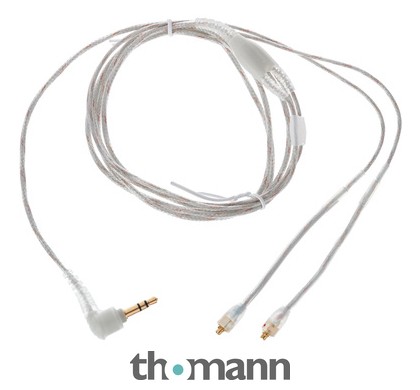As I said in a previous post, I own both a Tonex and the Player. Tonex is a nice product. The guitar tone it produces is in a different league than the typical low end modeler.
That said, Tonex does not feel like a piece of “pro” gear as the Player does, and to my ears, it does not sound as good as the Player.
The capture technology in Tonex is quite good. Still, to me, there seems to be doses of extra pro musician Cristoph Kemper magic in so many elements of the Profiler Player. It’s this, along with the professional “feel” of all Kemper products that set them apart from equipment like Tonex. Mr. Kemper understands a musician’s needs in a different level than almost any other electronic music gear designer today.
Just my opinion, and everyone can disagree. If you’re inspired by your gear or plugins, that means it’s right for you. I can certainly understand why a guitarist with a serious pedalboard would want a Tonex pedal over a Player.


